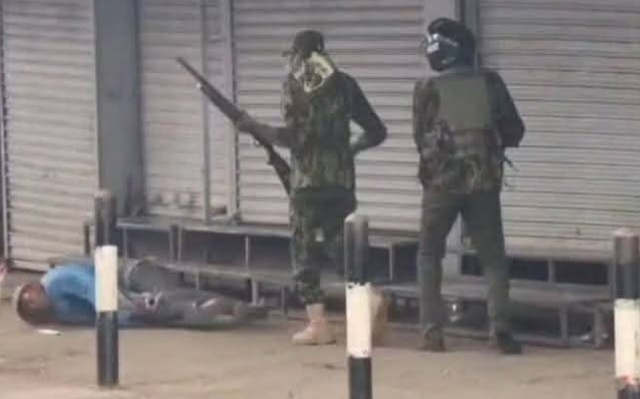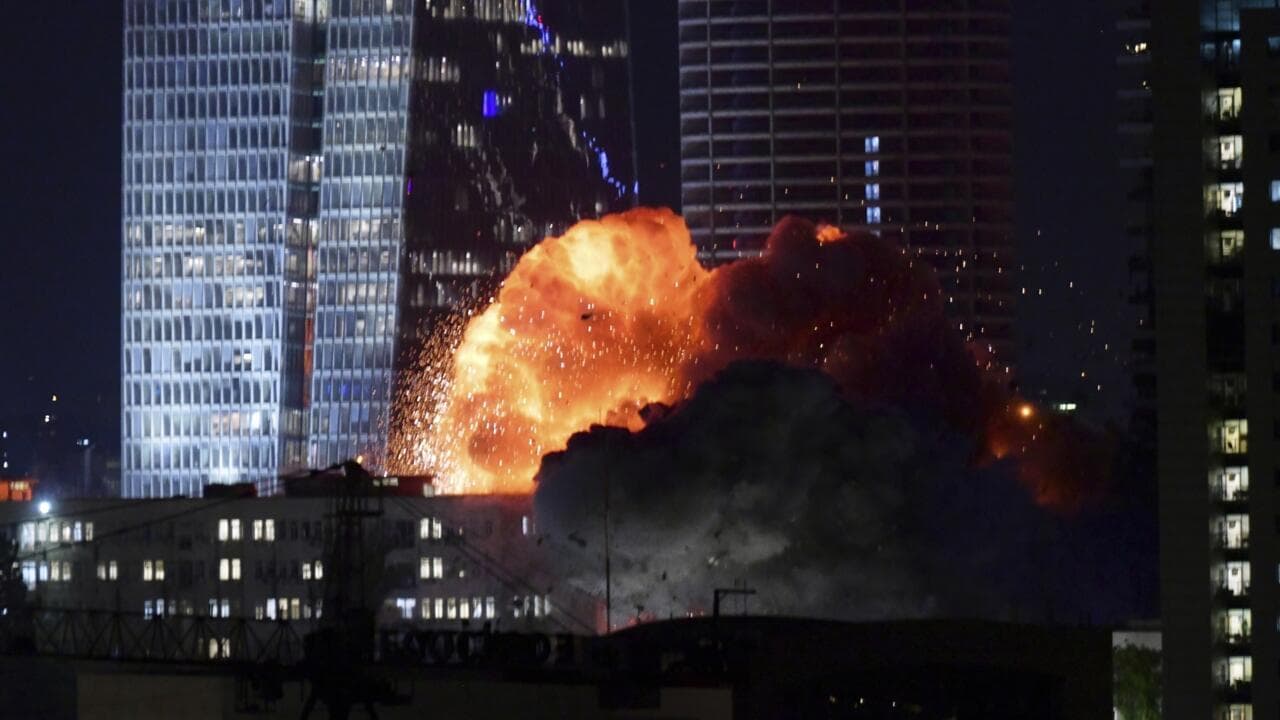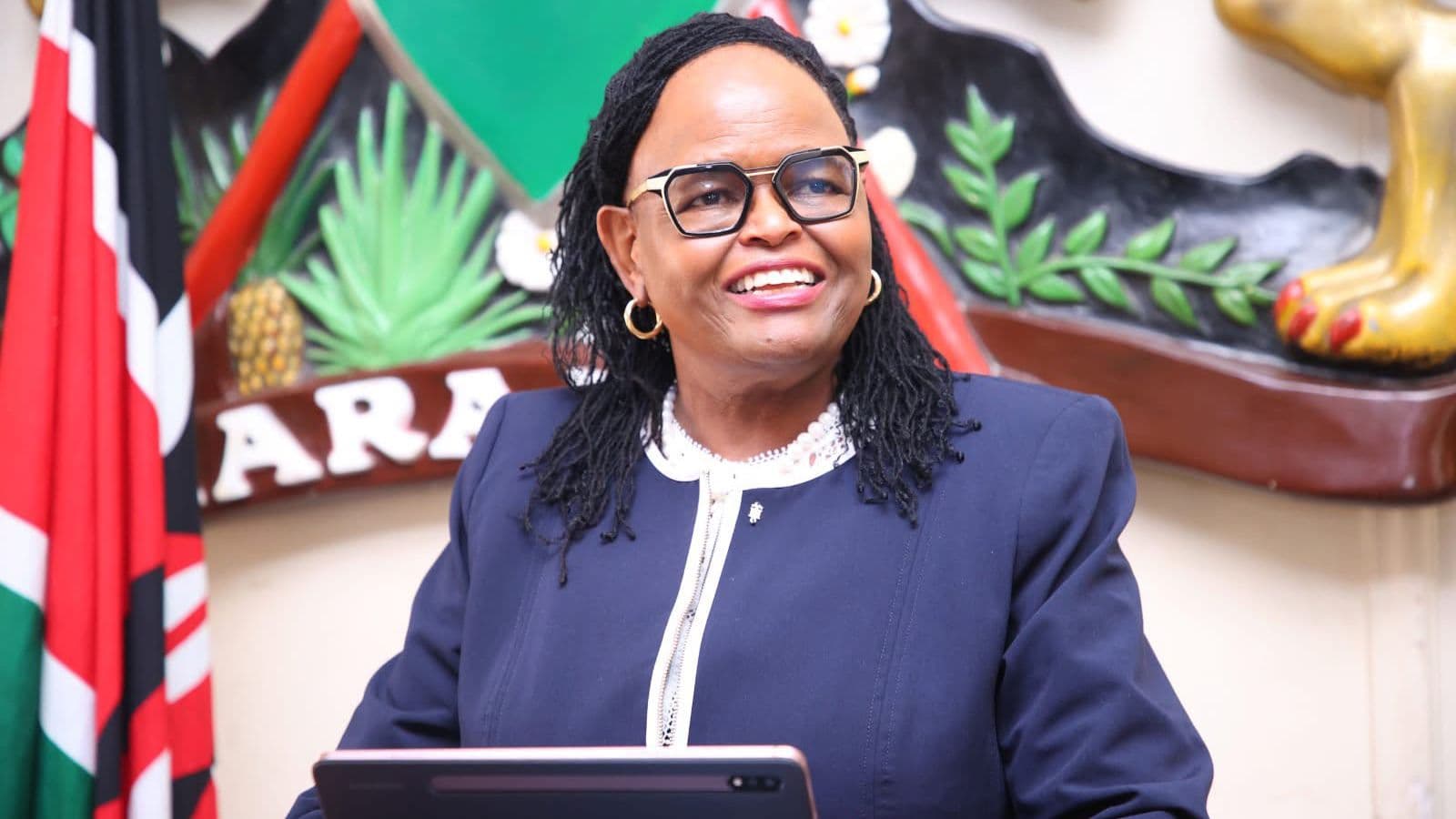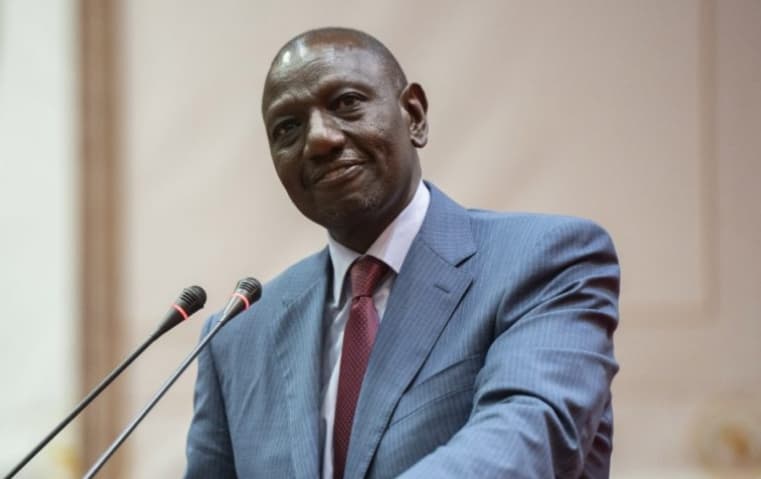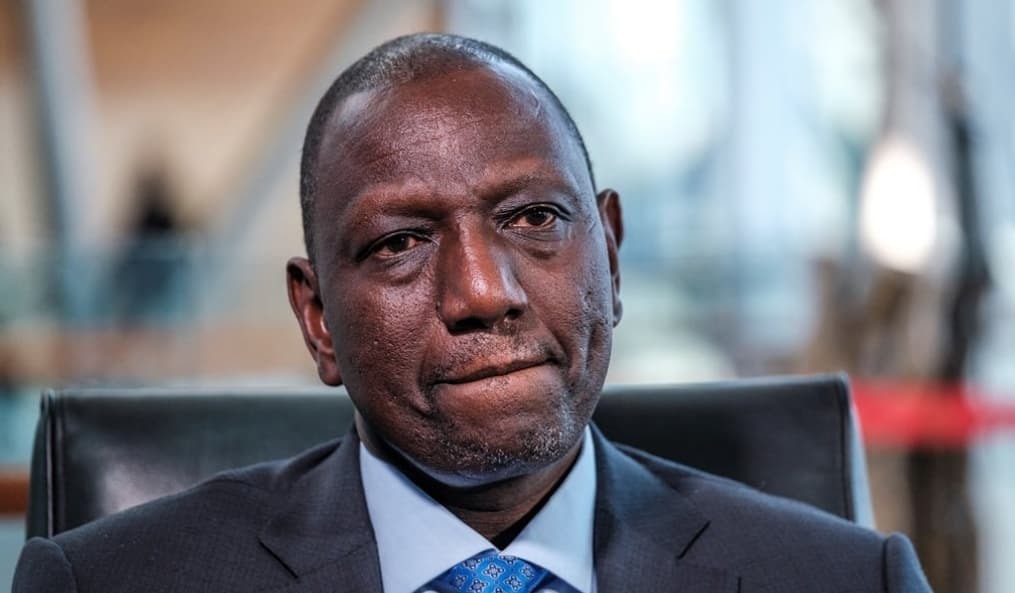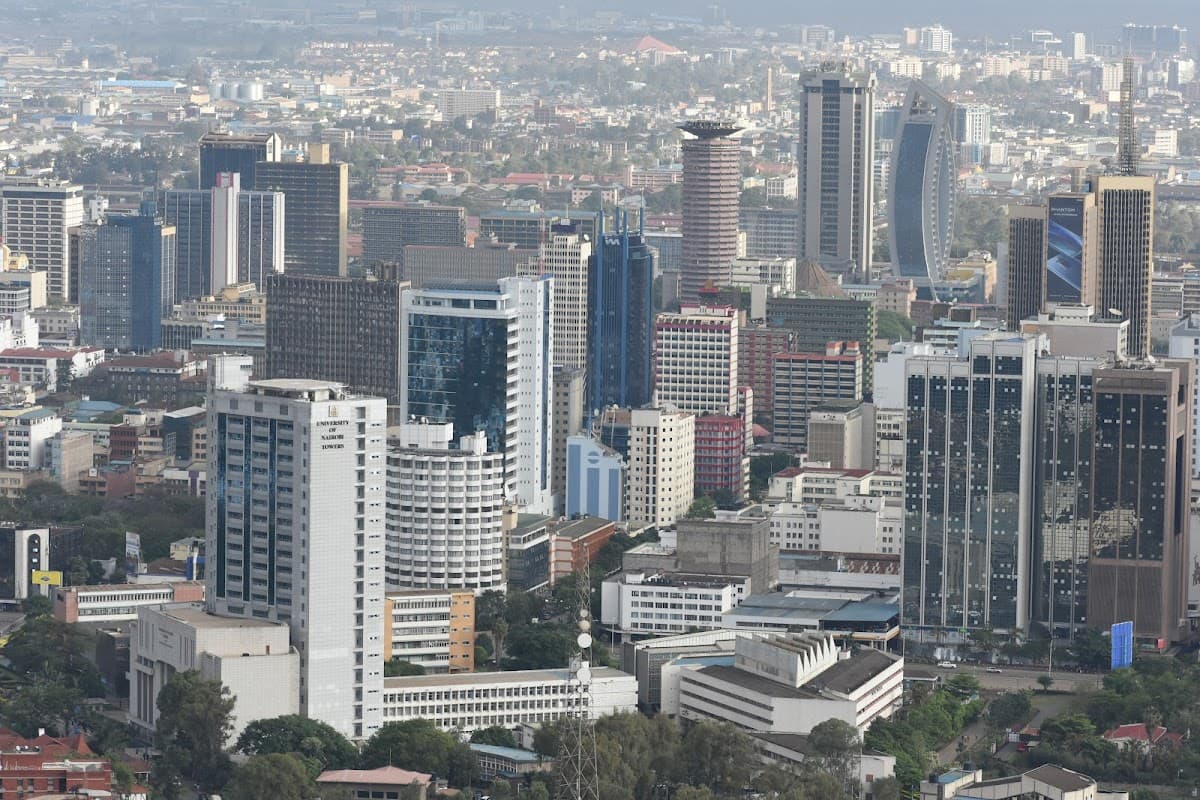Nairobi, June 17 ; President William Ruto’s administration is grappling with protests, in the wake of a high cost-of-living crisis and police brutality in the country.
Young Kenyans took to the streets of Nairobi CBD on Tuesday, demanding Justice for Albert Ojwang, a teacher and social media influencer who died in police custody.
The protests were largely peaceful but there were reports of goons looting and pelting stones. At least four witnesses who spoke to Julisha.co.ke said that there was heavy infiltration by individuals carrying machetes, wooden batons, and sticks who were presumably working in coordination with police officers. In most cases examined, the police failed to rescue protesters from violence by such third parties.
The police responded with a similarly heavy-handed approach, including the use of force during which protesters and bystanders were injured and a bystander selling masks was shot in the capital city.
It has now emerged that the man shot by a police officer on Nairobi’s Moi Avenue was also from Homa Bay County—just like slain teacher Albert Ojwang—deepening the heartbreak in the already mourning lakeside community.
Speaking in the National Assembly during Tuesday’s proceedings, Suba North MP Milly Odhiambo expressed shock upon learning the shot vendor was from her county.
“Madam Speaker, it would be careless on my part if I don’t say that I’ve just learnt that the young man who was shot is again from Homa Bay. What do I go and tell the Suba people?” she posed.
The MP condemned the shooting, terming it “reckless and irresponsible”.
“I have watched that clip. It is totally reckless and irresponsible what that police officer has done. They are doing a disservice to this government because when you make five steps forward, they take you 50 back,” she said.
While the identity of the man is yet to be formally released by authorities, his shooting at point blank range has intensified calls for police accountability and justice in connection with Albert Ojwang’s killing.
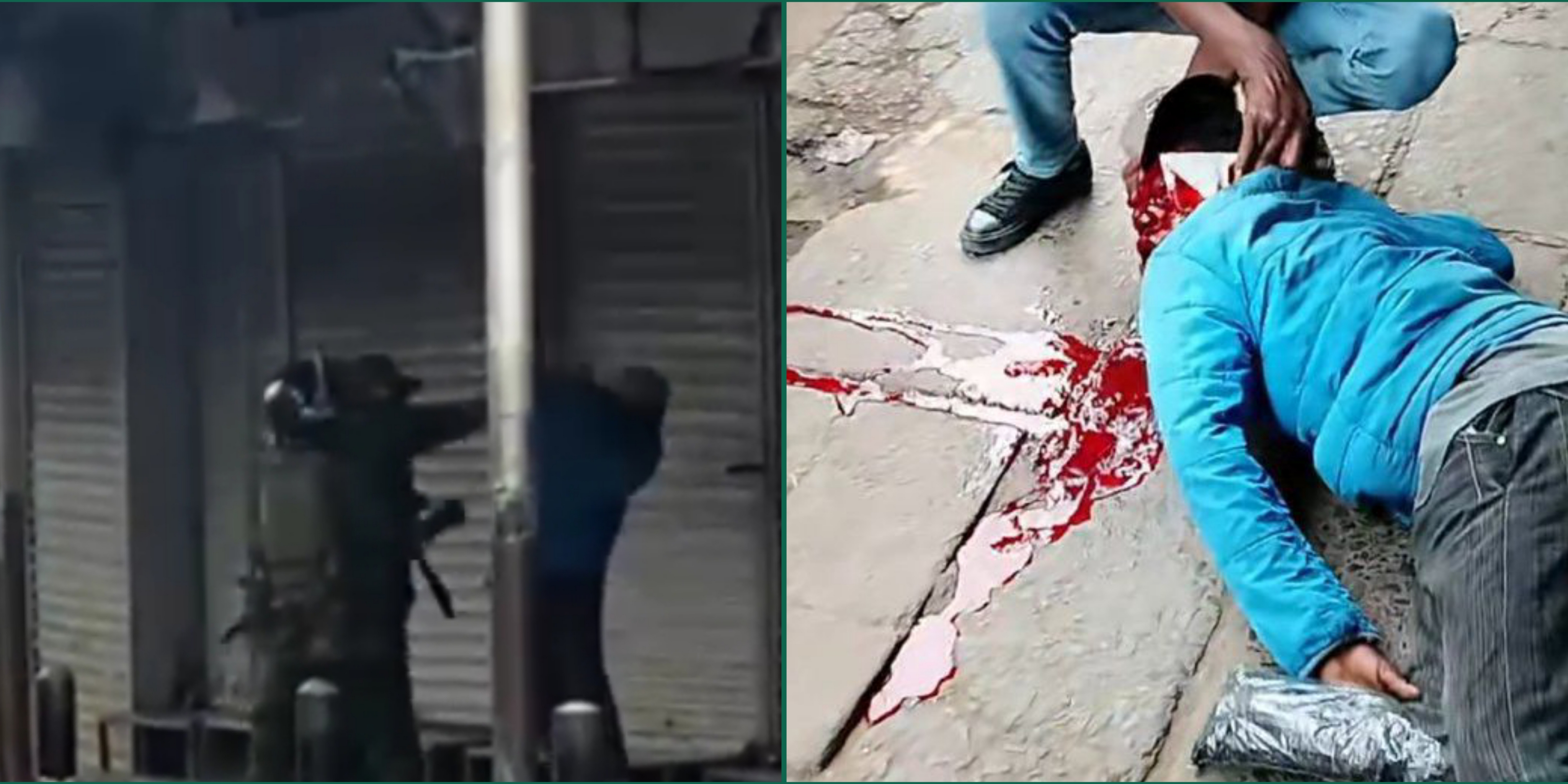
The unarmed mask vendor was shot at point-blank range outside Imenti House on Moi Avenue, in a shocking act of brutality during Tuesday’s protest.
Demonstrators were demanding justice for slain teacher and blogger Ojwang.
Videos circulating online showed two police officers confronting the vendor, who stood on a sidewalk near Imenti House, before one of them beat the man twice, and the second officer stepped back, drew his weapon, and fired at point-blank range.
The man collapsed on the pavement as passersby screamed in shock. He was rushed to the hospital for emergency treatment.
Todays protests, point to a wider-pattern of continued dissatisfaction at the current administration's policies and police conduct.
In 2024, protests by young Kenyans sent shock waves through the country’s political scene, forcing the government to drop proposed taxes and fire several ministers. The youth movement highlighted the challenges Kenya faces as the government tries to increase revenues from citizens who are grappling with the high cost of living and are angry about corruption and what they see as attempts to stifle dissent.
The discontent erupted in June as parliament considered a bill that would increase taxes on certain food items and other sectors in the economy to help repay foreign loans and fund development programs.
Lawmakers passed the bill, leading protesters storming the parliament buildings and burning a section of it. Ruto, seeing the public anger, declined to sign the bill into law.
President William Ruto’s government and a large section of Kenyan youth are still at odds over the direction the country is taking.
Demonstrations have divided Ruto’s government, undermined his ability to pass future policies, and ultimately cast doubt on his political future.
These protests also have international ramifications, as a militarized response to protesters contrasts with Kenya’s international image and long-standing tradition of mediation and participation in peace operations.
Ultimately, these protests reflect the modern challenges facing Kenya, including the international debt crisis, systematic corruption, militarization and the consequences of an unaccountable and unreformed police force.
Kenya has a poor track record of holding the police and other security forces accountable for human rights violations, including excessive or otherwise unlawful use of force, torture and other ill-treatment, and unlawful killings.
The authorities should also take effective measures to prevent further deaths and injuries. Moreover, the Kenyan government should address the root causes of the protests, including the government’s economic policies that deprive people of their economic, social, and cultural rights.
The Kenyan government should ensure accountability for the violations to affirm its commitment to the rule of law and rebuild public trust in its ability to protect rights, appropriately punish abusers, and create a fair and just society.
